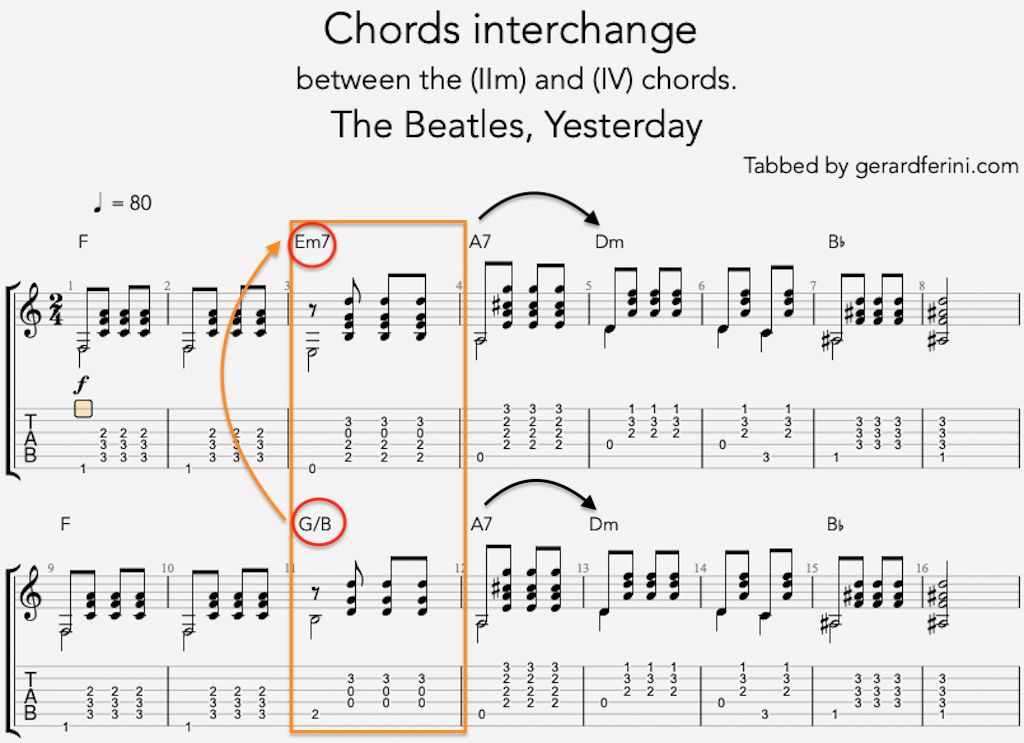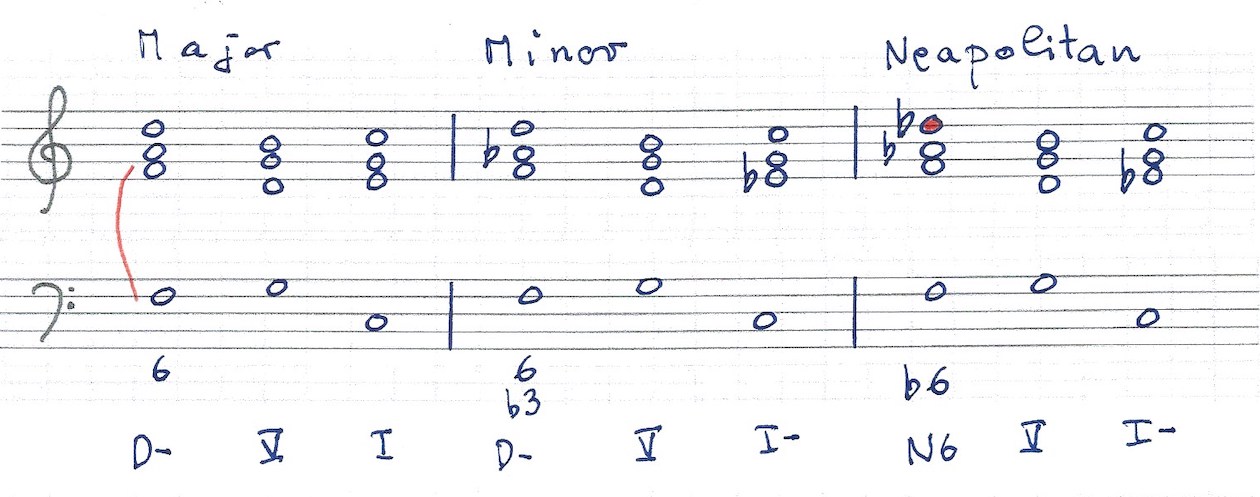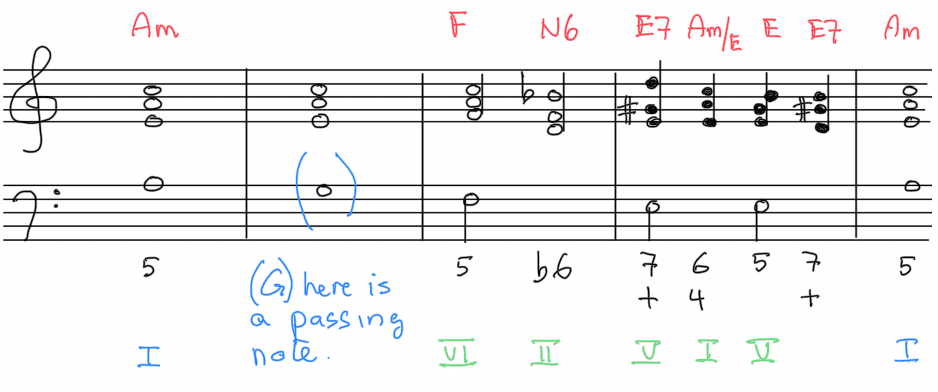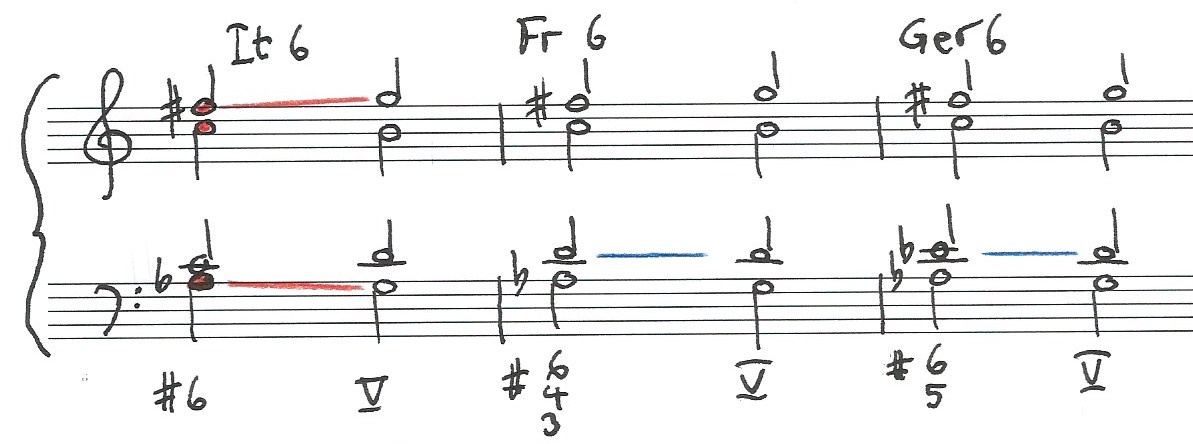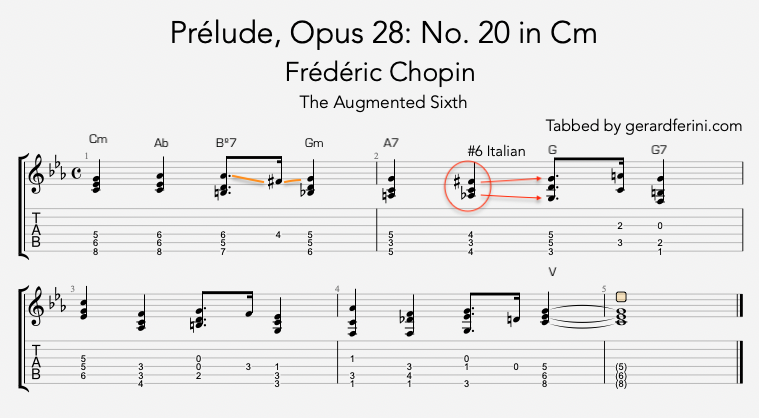Chords Analysis
Harmonic analysis and Diatonic Chord Functions
When it comes to considering chords function one has to take into account different aspect of a chord.
- The nature of its sound is given by the qualities of the intervals which constitute it.
- The degree that it has in a major/minor key. For instance, D-7 does not have the same function depending on whether it is the (II-7) in the key of C major, the (III-7) in the key of B♭ major or the (VI-7) in the key of F major. even though it has the same intrinsic qualities of a (minor7) chord.
- Sometimes two chords of different nature play the same role (V7 and VIIº7). It is then possible to exchange them, to substitute them from one another to enrich the sounds, to avoid monotony.
- Its immediate surroundings in the piece of music, in particular the law of harmonic attraction or repulsion existing between himself and the chord which precedes or follows it. Certain chord progressions are frequently encountered in themes. Among them, there are some which play a particular role in cadences, (from the Latin cadere: to fall).
Chords Function
Diatonic chords can be represented into three distinct functions according they have, on one hand, the fourth degree, subdominant of a scale and the other, the Triton. All the example below will be taken from the C major scale. (for a change!)
Tonic Chords:
They do not have the fourth degree nor the Triton.
- I (C), I6 (C6), IM7 (CM7), III- (E-), III-7 (E-7), VI- (A-), VI-7 (A-7)
Please note that E-7 (III-7) is equivalent to CM7 (IM7) in which the Root note has been replaced by the ninth. As for A-7(VI-7), it is simply the third reversing of C6 (I6). The Tonic chord substitutions have the same function as the Tonic chords. They are interchangeable chords.
Subdominant Chords:
- They have the fourth degree but not the Triton.
- II- (D-), II-7 (D-7), IV(F major), IV6 (F6), IVM7 (FM7)
- The (II-) and (IV) chords are interchangeable. (Please see example below)
The Subdominant chords are not as stable as the Tonic Chords. The fourth degree being attracted by the third degree, they have a tendency to resolve on the First, the Third and the Sixth degree. This is why the Subdominant (IV) is often replaced by the (II-) (II-7) chord that then holds a Subdominant function.
Listen to the excerpt of Yesterday.
- Dominant Chords:
- They are Chords that have the Triton.
- V7 (G7), VIIº7 (B), VII-7(♭5), II-6 (D-6).
Since Dominant chords have the Tritone, they are rather unstable Chords and they have a tendency to resolve on the Tonic Chords. Please note that G7(V7), Bº7 (VIIº7), B-7(♭5) VII-7(♭5) are interchangeable.
Dominant Chords resolution.
We have already seen how dominant chords resolve. This time we see more in detail the three dominant chords resolution. V7, VIIº, VII-7(♭5). Please note the arrow above G7 that shows a perfect cadence resolution.
So, we have seen above the main chords degree functions. We can now add some more chords to complete the list of those "special" function chords.
The Neapolitan 6th Chord
Steps to built a Neapolitan Chord
The Neapolitan chord should be assigned to the chromatic alteration or considered as a pre-dominant or subdominant chord. It is most likely a reminiscence of the ancient Greek (E) mode (Phrygian mode) with its typical (♭2).
Now let's consider the three bars below. In the first bar (Major) one has the replacement of the subdominant chord (IV) by a D minor chord that belongs to the second degree (II-). Please note the first three chord (D) are in the position of a sixth chord (second inversion). The Second chord is in the position of a (♭3,6) chord and lastly the Neapolitan chord in its second inversion with its typical flat two.
Listen to the three bars.
The Neapolitan 6th chord in the Beethoven Moonlight Sonata.
This is the version for guitar, in A minor. (The original piano version is in the key of C# minor). In the example below, the Neapolitan sixth (N6) is in the second inversion. It is used here as a pre-dominant chord. The rule is that the Neapolitan sixth in its second inversion is followed by the dominant chord in the root position. Please also note, that in bar four, the chord (A minor) is in the second inversion with E as basse note. This is an example of a cadentiel 6/4 chord that precedes the dominant E7 (V7) that ends a perfect cadence.
The Augmented Sixth Chords
The function of the augmented sixth chords is to be used as terminal pre-dominants, meaning that their normal resolution is to the dominant. There are three distinct types of chords within this category: the Italian 6th (It6), the French 6th (Fr6), the German 6th (Ger6). We will learn how to build the augmented sixth in stages and the appropriate resolution of each of its parts.
The Italian Augmented Sixth shows the three notes in common to all standard augmented sixth chords, namely: A♭, F# and C. See also the resolution to the Dominante Chord, G major if in C minor.
The basic chord position on the fret board as you can find it on the transposition below. "G" shows the Dominant when in C minor. See also A♭ and F# going to the same note, namely The Dominant G major.
In the transposition of the Chopin Prelude, I have chosen to use the Italian (It+6) augmented sixth instead of the French one, just to stick to the three notes chord progression. However, please note that the Chopin Piano Version uses the French Augmented Sixth. (Fr+6)



